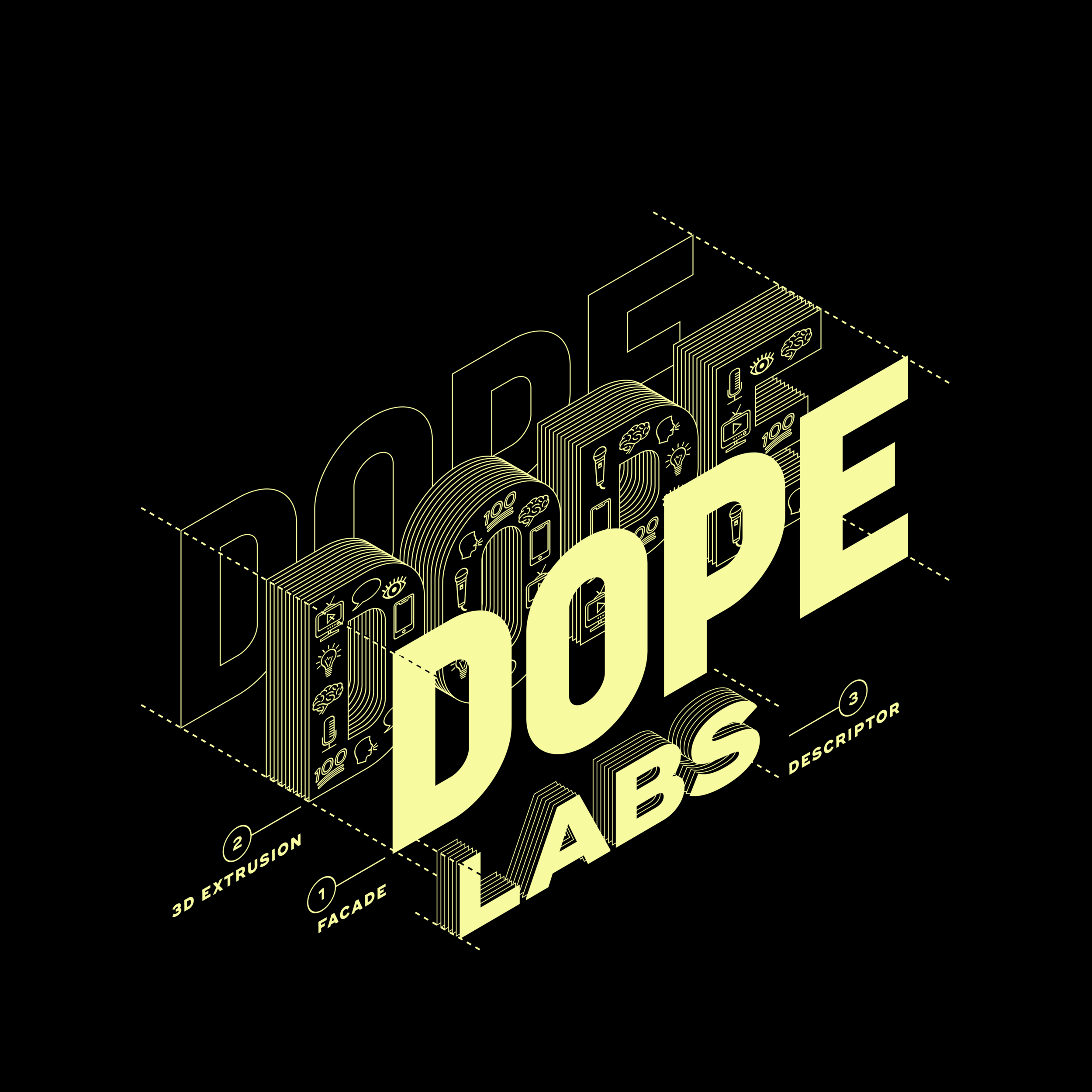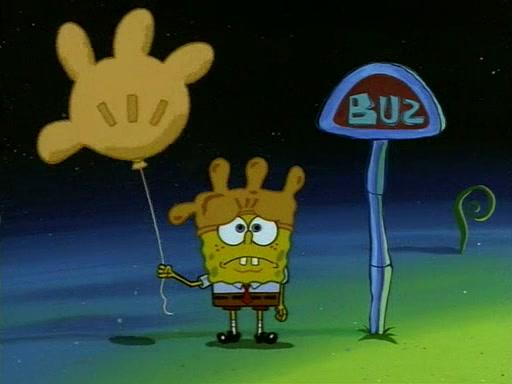Biodiversity and Conservation: The Circle of Life – Lab 059
About This Lab
The ecosystem is a great example of the circle of life. How plants and animals interact is so integral to how our world functions. In this lab, we dig into food chains, ecology and ecosystems, environmental conservation as we know and how it needs to change.
Real Talk: There are a lot of animals at risk of extinction
Humans have disrupted the food chain for a lot of animals
Biodiversity= having a mix of animals and plants that work together in an ecosystem
BUT how does climate change affect the ecosystem?
Dr. Wynn-Grant says a lot of ecology is data collection out in the field, including camping for days or weeks to understand the environment there
The data analysis is super important to understanding an environment’s bio diversity
How do humans and animals depend on biodiversity?
Food, fuel, freshwater, medicine
biodiversity is like a supply chain for nature but it’s so important, if we lose one thing, we can’t get it back
Shout out to Mufasa for teaching us about the circle of life. It’s still true.
We need more data collectors like Dr. Wynn-Grant because we often don’t know if somethings going extinct until it’s too late.
Our planet’s got mad biodiversity and we don’t know the half of it
ex: 80%+ of the ocean we don’t know about. Who know’s what’s in that bikini bottom?
“Imagine a shark that ain’t never seen the sun.” - Titi
Biodiversity includes: species richness, variability, genetic diversity, and ecosystem diversity
sometimes to get this data about certain species, scientists will use leeches and the blood they’ve sucked from animals
Environmental Conservation
Lot of types: environmental, animal, marine, human
conservation, as it’s been taught, has been rooted in colonialism
a lot of conservation work has been part of indigenous tradition
Often federal policy has excluded and removed people from their land and scientists are working to correct that
Reconstruction of conservation is happening
the work can be done in the wild and in our backyards because our wildlife exist beyond our national parks
Climate change and conservation
climates of certain areas shift and then the animals are no longer suited for that area but rather another’s climate BUT the more suitable climate area might not be the right spatial area for an animal
What does human and animal interface look like/how do we manage it?
Big question: How do we all live together in harmony?
This week’s #Amerie 1 thing
Cute Bonus
Voilà, Dylan! Ain’t he the cutest?
Guest Expert
This week’s guest expert is Dr. Rae Wynn-Grant, wildlife ecologist, National Geographic explorer, professor and storyteller. Not only is she a multi-hyphenate, but she is like a real-life Carmen Sandiego, she’s been around the world (and I-I-I) studying wildlife and how human activity influences carnivore behavior and ecology.
Transcript
You can you read along with this lab here.




